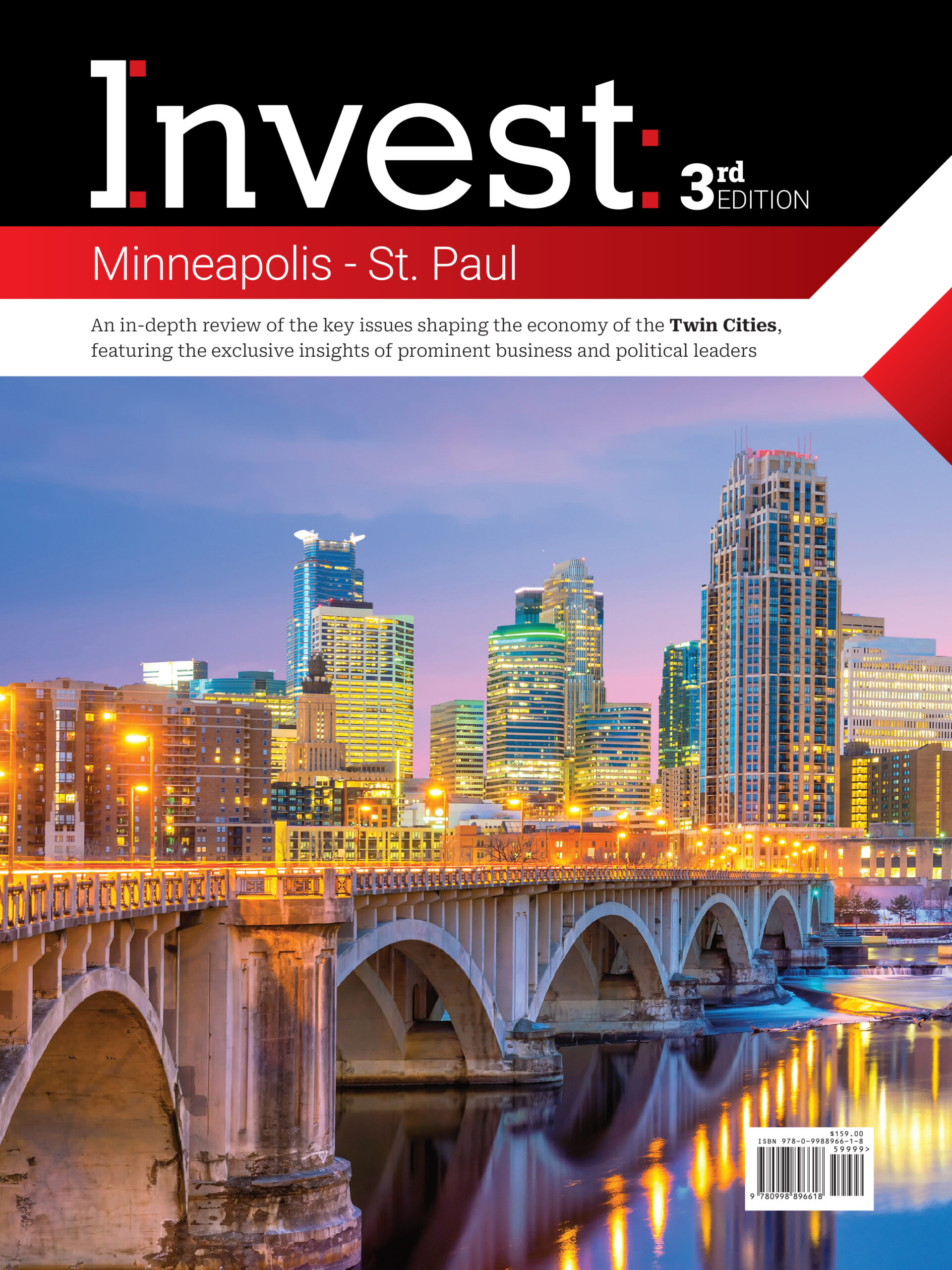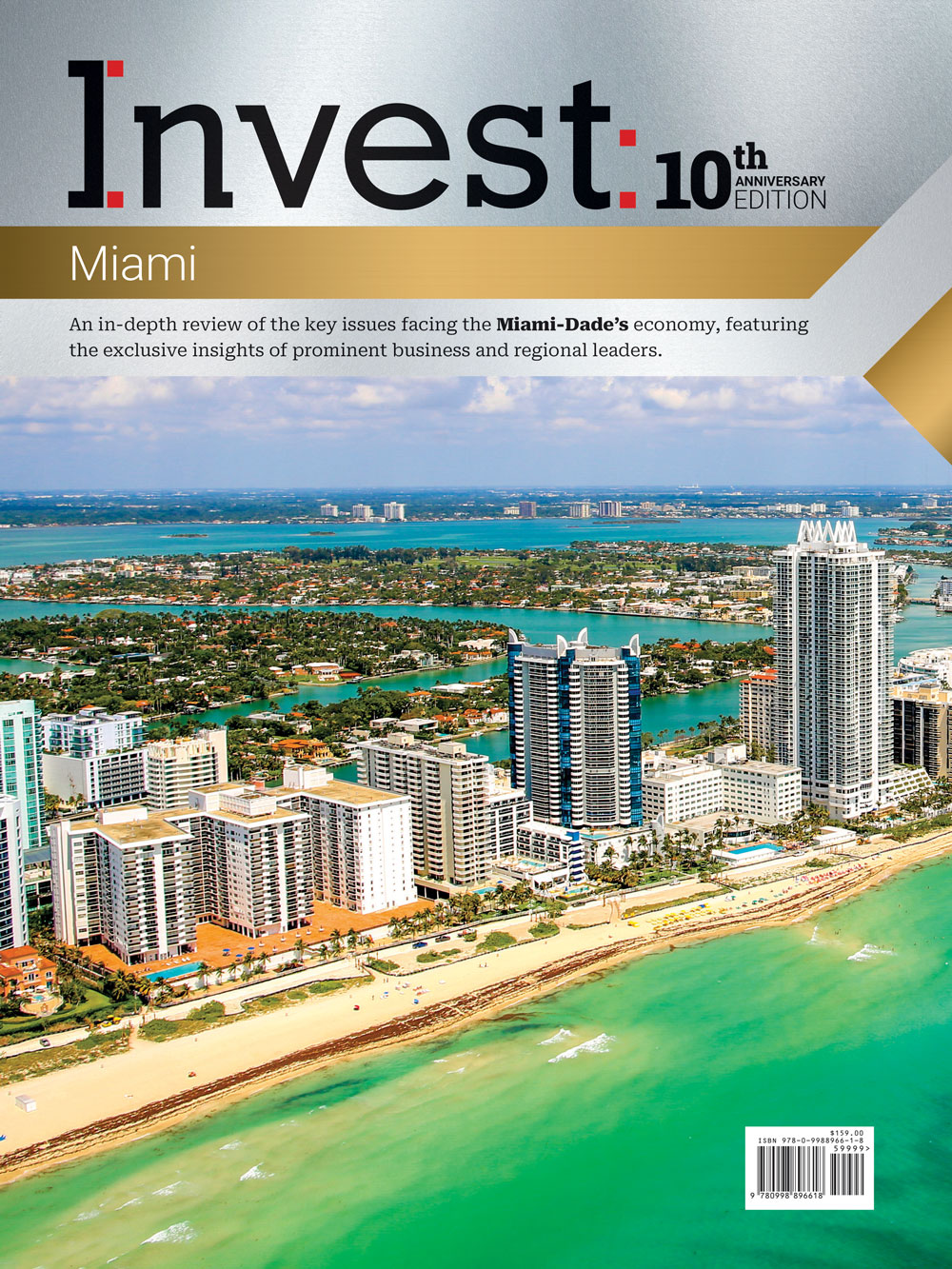Spotlight On: Reetika Vijay, Managing Principal, IA Interior Architects
 April 2024 — In an interview with Invest:, Reetika Vijay, managing principal of IA Interior Architects, talked about the firm’s focus on designing spaces with a strong emphasis on user experience, particularly in workplace projects. With shifts in client priorities post-pandemic, IA has expanded into retail, hospitality, and tough tech sectors, positioning themselves for growth into 2025.
April 2024 — In an interview with Invest:, Reetika Vijay, managing principal of IA Interior Architects, talked about the firm’s focus on designing spaces with a strong emphasis on user experience, particularly in workplace projects. With shifts in client priorities post-pandemic, IA has expanded into retail, hospitality, and tough tech sectors, positioning themselves for growth into 2025.
What has been keeping you busy over the last year?
IA Interior Architects’ focus lies in designing spaces from the inside out. Ultimately, we are driven by enhancing user experiences within these spaces. IA was founded to support corporate and commercial projects. Over the past few years, IA has leveraged its experience-centric perspective to expand into other markets. We now have a very robust retail team, engaged in working on prototype development and nationwide store roll-outs. Additionally, our Hospitality Studio was launched during the pandemic and is steadily gaining traction both locally and globally.
One market that has moved to the forefront here in Boston is Tough Tech, which includes clean tech, advanced manufacturing, robotics and electronic labs. Our team grew experience organically through relationships forged from our workplace projects. Now, with the influx of funding from the infrastructure bill and venture capital investments into this market, we are well-positioned. Additionally, IA is heavily involved in infrastructure projects, supporting clients as they maintain and grow their assets.
Where have you been seeing the most demand?
There are several sectors that remain very active, such as healthcare, higher education, and multifamily residential. Within the markets we operate in, the workplace is going through a transformation period as tenants are still deliberating on their overall office strategies. The tough tech market is experiencing significant growth, prompting us to actively position ourselves into these advanced manufacturing projects.
Are there any amenities that are seeing a higher demand?
Today’s workspace design differs significantly from its pre-pandemic state. Our clients are looking to create an experience that entices their employees back into the office. The modern workplace is hospitality-based, supporting socialization, collaboration, and high-performance environments. It revolves around destination-oriented design, facilitating connections, innovation, and enhanced productivity.
What have been some of your challenges in regard to labor?
Due to various forces in today’s world, there have been notable shifts in the labor market. Labor shortage in the real estate industry is gradually becoming less of an issue. Many organizations have slowed down their hiring efforts. As a result, there is a surplus of individuals looking for new opportunities. Employees are demanding higher salaries as the cost of living has risen quite significantly. A couple of years ago everyone was hiring and labor was tight. Now, as employers, we can afford to be more selective in who we hire.
How have supply chain constraints progressed?
There are still supply chain issues, but they are becoming much easier to manage. After years of dealing with procurement challenges, we’ve gained a deeper understanding of how to mitigate the risks. Construction managers and design teams are being brought earlier onto projects, enabling us to identify procurement issues beforehand and schedule accordingly. While the pandemic brought many unknowns and surprises, now there’s greater opportunity to plan ahead.
How have the changes in the economic landscape impacted planning?
Several factors are at play, with the first being interest rates. Investors wield the greatest influence, affecting everything that permeates through our market. Reduced investment leads to decreased development. Additionally, the lingering effects of the pandemic contribute to increased construction premiums and labor market expenses. Furthermore, tenants’ uncertainty about their workplace preferences complicates matters. While these factors present challenges, they also provide opportunities for adaptation and innovation within the industry.
How is AI contributing to the work you do?
We decided very quickly that before we invest, we have to develop a code of ethics in regard to the use case. In the vast landscape of AI, there is a plethora of intellectual capital belonging to others. At IA, we see AI as a tool that has much potential as a research and design assistant, but the authentic creativity and human connection to our partners and clients are the key foundation of our firm and the design industry in general. The firm is committed to exercising caution in how we utilize these assets, ensuring that we customize them to be uniquely ours rather than simply adopting existing solutions. While we have started to explore various applications, both in design and project management, we acknowledge that we, like many others, are still at the beginning of our journey..
What are you doing in terms of community involvement?
I am the Executive Founder and Sponsor of IA Reach, our global philanthropy group. We have committee members in each of our 23 studios who are extremely passionate about supporting their local communities. Every year, each location leads several efforts with local nonprofits. For example, here in Boston, we work with The Massachusetts Society of Prevention and Cruelty to Children. I am a Board Member and we help to design rooms for children in need. The joy of watching an innocent child, who has led an extremely tough life, be surprised by a newly designed and furnished room is so powerful!
This year marks IA’s 40th anniversary, and we have partnered globally with the Boys and Girls Club. The company is reaching out to local chapters to educate disadvantaged youth in the field of architecture to provide them with a career path to enter the field.
What advice would you give young professionals entering the industry?
When individuals enter the industry, they often aspire to design and build something monumental, but that constitutes only a small part of the job. The number one talent you can have is people skills. Design revolves around working with different individuals, whether it be clients, partners, or colleagues. If you can communicate and listen, your design will be successful and allow for a space where users can thrive no matter what the use case is.
What are your top priorities for the near future?
We are at an inflection point. Our past growth has been concentrated in workplace, but now we are interested in seeing what other markets we can champion in addition. We anticipate that 2024 may present some challenges due to the current state of the economy and ongoing projects. However, we’re confident that as we progress into 2025, we’ll be fully prepared to excel and seize opportunities for success.
For more information visit:













